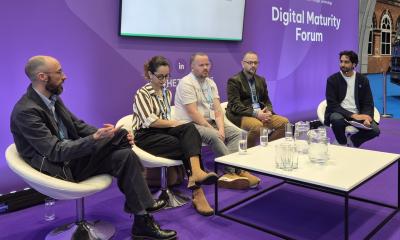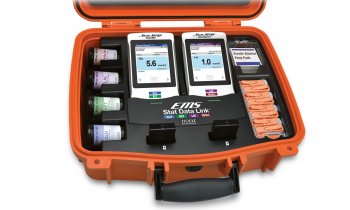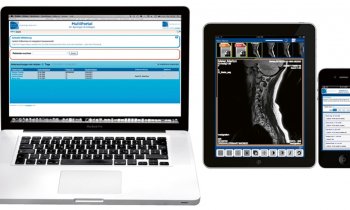How to buy a HIS
SALK, a hospital company based in Salzburg, has a budget of €350 million for three hospitals and employs 4,500 people who serve 80,000 patients and 300,000 out-patients per annum.

A HIS from a medium-sized company (after an invitation to tender in 1997) and two PACS, from two providers, were running. The HIS provider was sold twice and the last owner decided to terminate the product within the next few years. SALK the only customer in Austria, paid a lot for each exchange in the billing, and major features were not introduced: operating theatre and out-patient scheduling, operating room documentation; hard- and software decisions where pending.
In 2004, SALK’s new management ranked IT a high priority and decided to develop a HIS/PACS strategy. The IT head and his deputy could not provide a reasonable HIS/PACS strategy, so a ‘HIS/PACS project group’ was established to do this, to be led by two administration managers.
We analysed the market before issuing an invitation to tender, because we did not want to be slaves to this formal process and wanted to understand software products beforehand. We considered providers, who were supposed to be financially solid, major players in this market, now and in the future, with a strong commitment in Europe, active product development and an attractive product for multi-hospital groups. An experienced adviser supported the evaluation process. Four products were identified, presented to user groups and evaluated. During site visits, project group members checked software efficiency. Since one product of a major player was running on a broad scale only in the USA, we made site visits there. The IT manager and his deputy left the company. Our new IT manager is now part of the decision process.
Discussions of available product launches, implementation steps and support began. Two products were left as frontrunners, we contacted their top management and declared our interest. Invitation to tender began, products and offers have been evaluated, objective decisions for one of the two top providers was taken and implementation will begin in February 2007.
01.03.2006











